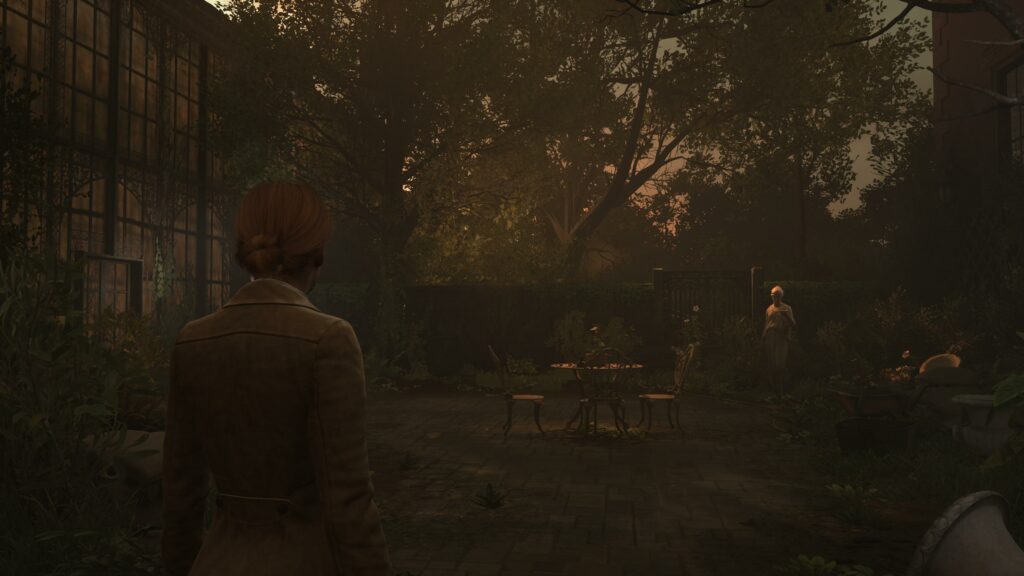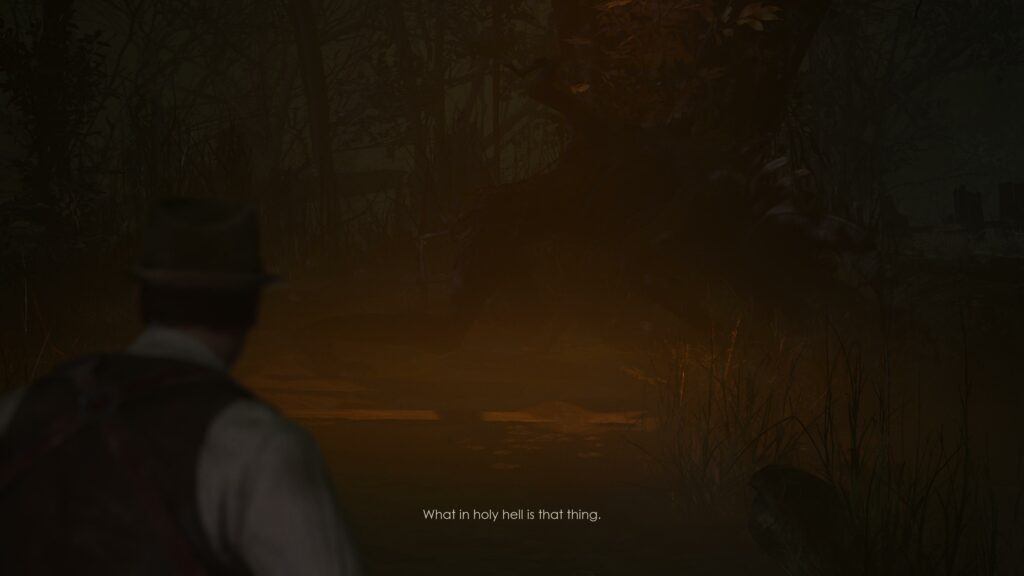You'll love it if:
- You’re a long-time fan of Alone in the Dark
- You play everything in the survival horror genre
- You’re looking for a short and straightforward experience
- You’re a fan of David Harbour or Jodie Comer
Not for you if:
- You’re not a fan of the 1930s aesthetic
- You’re looking for combat with a lot of freedom and customisation
- You were hoping for more original, creative gameplay
- You want more replayability from your games
Alone in the Dark is a game that gave birth to an entire genre when it first launched in 1992 – survival horror. While that title mostly belongs to the first Resident Evil today, the influence of Alone in the Dark can be felt in every game that came after it.
Being stuck in a single location, solving puzzles, fighting monsters, and uncovering a story through environmental storytelling are only some of the game design elements introduced by the 1992 original. Despite its originality, however, the series never became as popular as Resident Evil or Silent Hill, being rebooted several times with mediocre success.
In 2024, Alone in the Dark is back with yet another reboot, this time developed by Pieces Interactive and published by THQ Nordic. It takes the foundations of the first game and reinvents them for a modern audience, starring two Hollywood actors and featuring third-person gameplay. Is there a place for this franchise in 2024, with series like Dead Space and Resident Evil being synonymous with survival horror?
TL;DR
Alone in the Dark is a cookie-cutter reboot that adds very little to the genre it helped define in 1992. While its puzzles are enjoyable, they quickly become repetitive. With two near-identical campaigns and weak combat mechanics, this is a game best enjoyed at a steep discount.
Story – (Re)Visiting Derceto Manor
The story of Alone in the Dark takes the premise of the original and remixes it to offer a fresh experience, even if you’ve played it before. The game takes place in 1930s Louisianna and features two protagonists, detective Edward Carnby played by David Harbour (Stranger Things), and Emily Hartwood, played by Jodie Comer (Killing Eve).
Emily receives a letter from her Uncle, who is a resident of Derceto Manor, a mental health facility with a dark and mysterious past. She hires Edward to help her find and rescue her Uncle from the facility, suspicious of the manor’s staff and their methods.
Alone in the Dark expands the cast of characters compared to the original, which really made you feel “alone” in Derceto Manor. You’ll get to meet the manor’s staff, nurses, doctors, and other residents, who will provide you with clues and story context as you progress through the game.
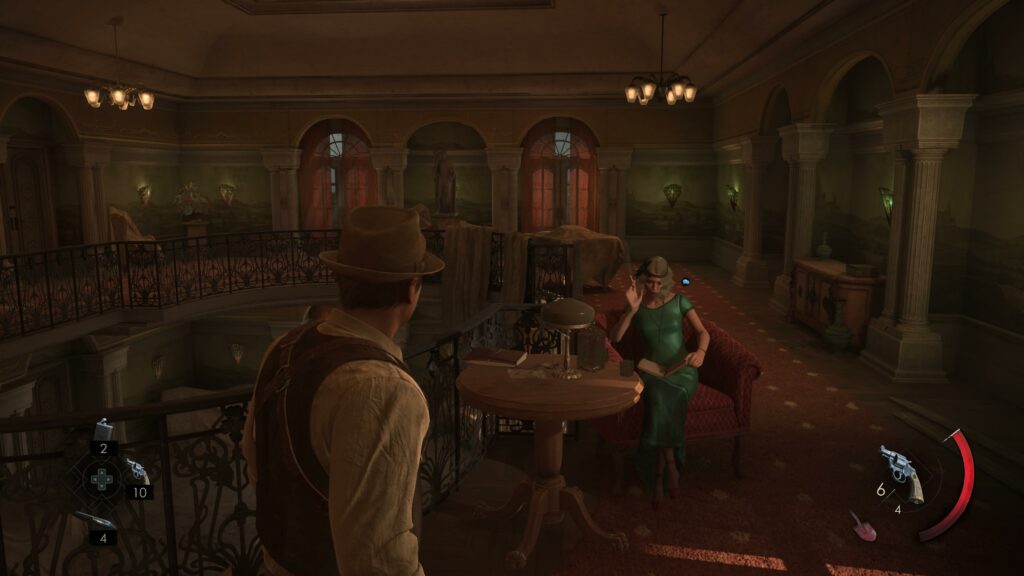
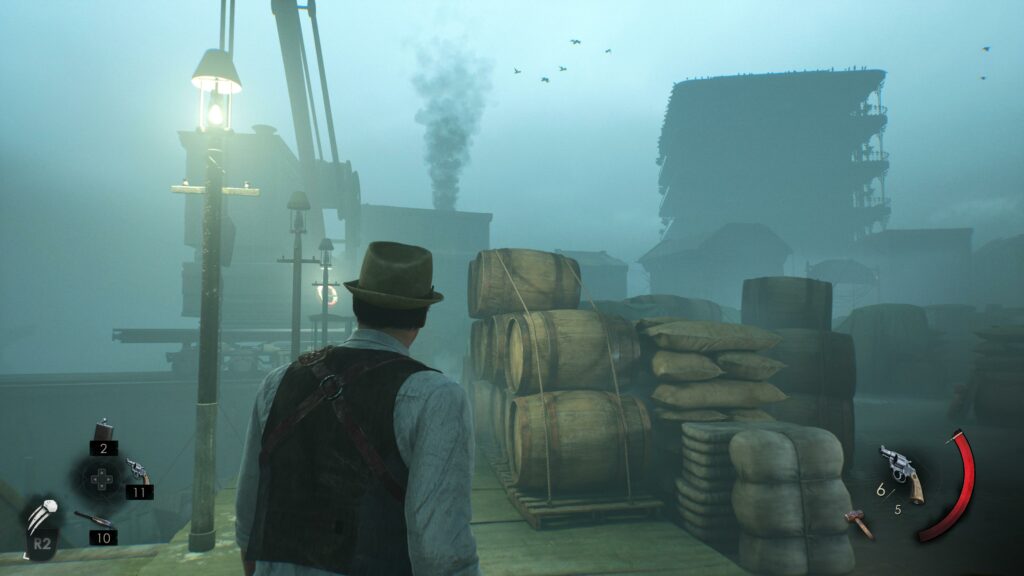
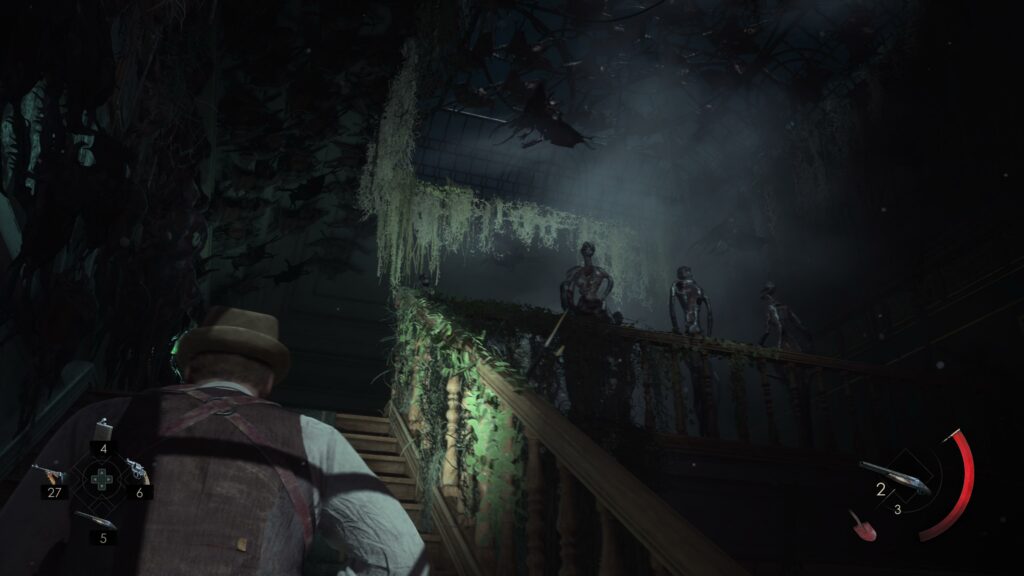
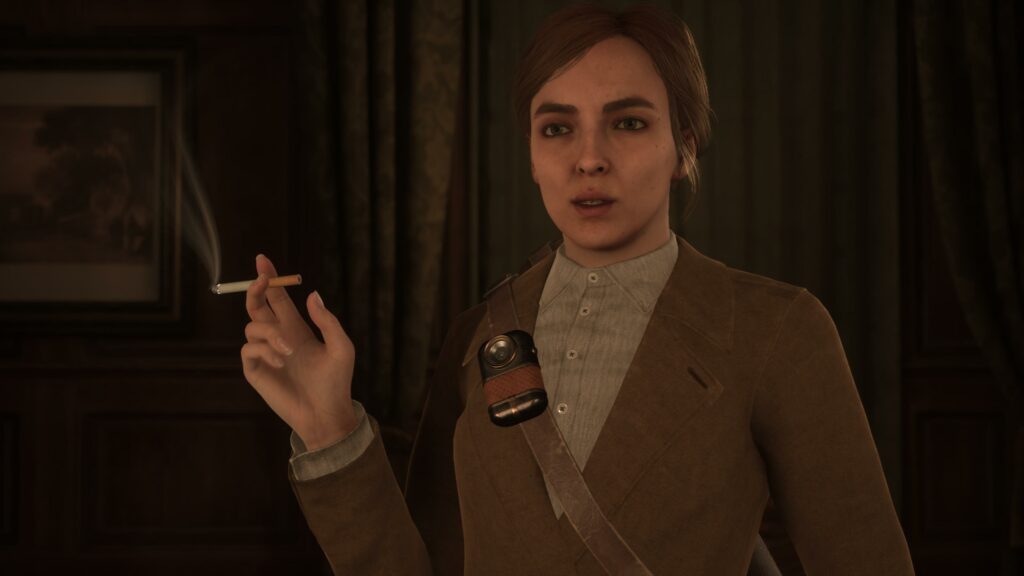
Two Protagonists, Single Story
Similarly to the original, Alone in the Dark lets you play as Emily and Edward. And just like classic Resident Evil games and Alan Wake 2, you’ll need to play both campaigns to get the full story. Unfortunately, apart from cutscenes, the two campaigns are practically identical in how they play. You’ll rarely get to visit different places based on who you choose to play as, and both characters control the same way.
It’s a shame the team didn’t make the campaigns more diverse to offer a unique experience based on who you’re playing as. While cutscene differences will be enough for some players, it can’t justify the fact that you’ll solve the same puzzles and travel through the same areas two times in a row. It’s worth noting that Alone in the Dark is an AA game, and it shows, for better or worse.
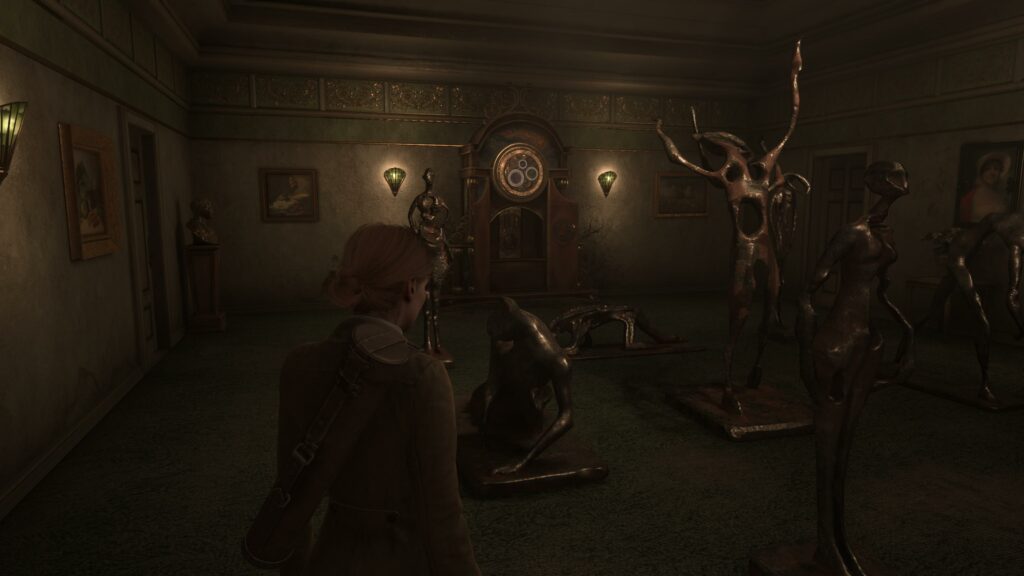
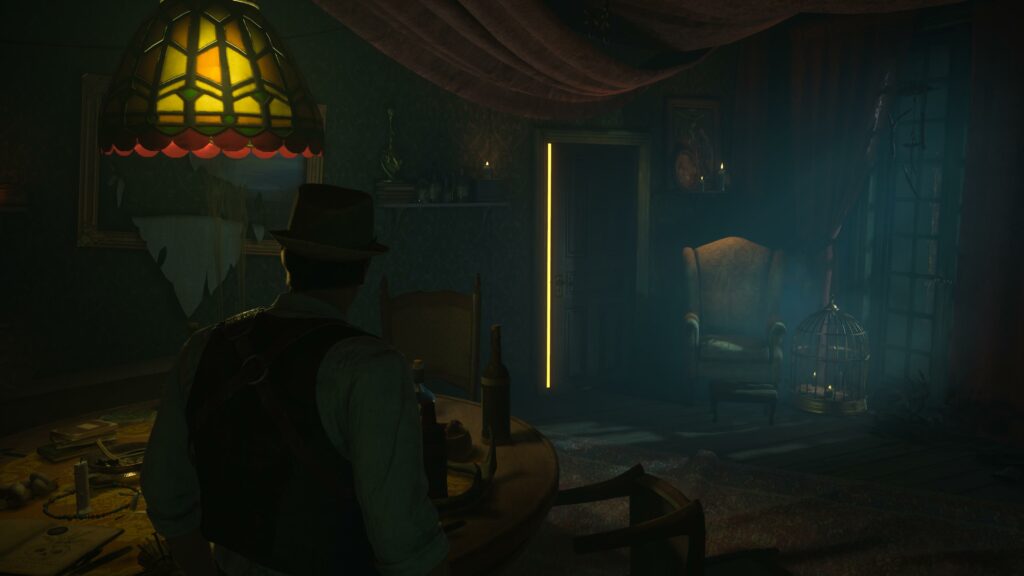
Gameplay – Familiar Third-Person Survival Horror Vibes
If you’ve recently played Resident Evil 4 or any other third-person horror game, you’ll be right at home in Alone in the Dark. You’ll control Edward or Emily as they explore Derceto Manor, solve puzzles, and fight monsters, all with a third-person camera angle. The gameplay is extremely simple here, as there’s no inventory management, weapon upgrades, item shops, or any form of character development. Each character has their distinct weapons, however, it’s mostly a reskin of the other character’s arsenal.
Clunky and Imprecise Combat
There is an argument to be made for sloppy combat in a survival horror game. Early Silent Hill titles embraced imprecise combat because it was a reflection of the character’s inability to fight properly. It was a neat excuse for hardware limitations which no longer exist. In Alone in the Dark, you’ll fight the camera and the controls as much as you’ll fight monsters. Stealth is present in the game but it may as well not exist as it doesn’t feature any contextual actions such as sneak attacks. Enemies will also detect you very quickly due to how narrow and restrictive the levels are.
Melee combat is poor, with no lock-on button or the ability to block attacks. Weapons break very easily, but you’ll easily find replacements lying around. While it wasn’t perfect, The Callisto Protocol handled melee combat much better. Apart from that, shooting enemies is also clunky and weightless, as enemies improperly react to your shots (or not at all). With no weapon upgrades or customization at all, Alone in the Dark leaves a bad impression.

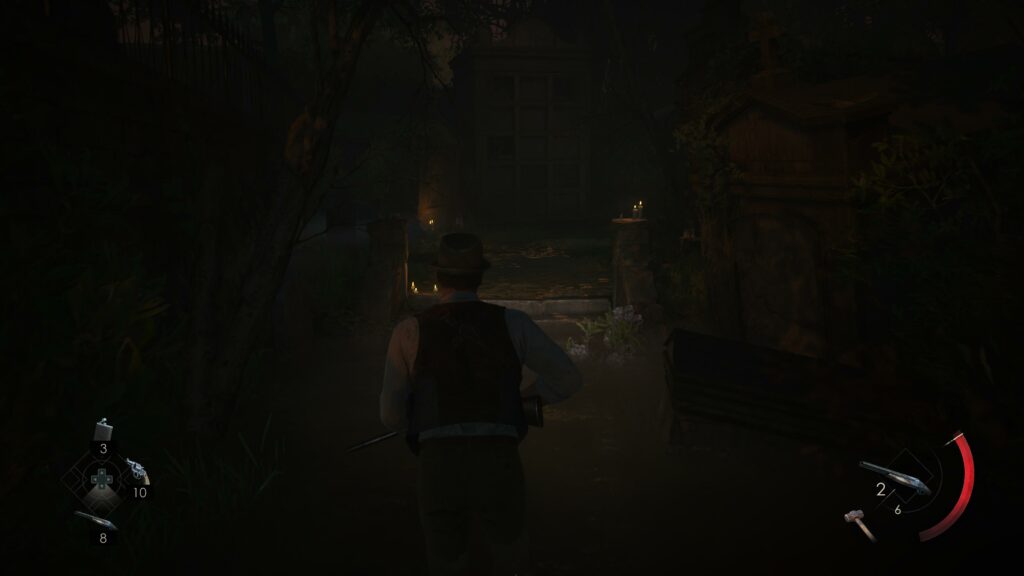
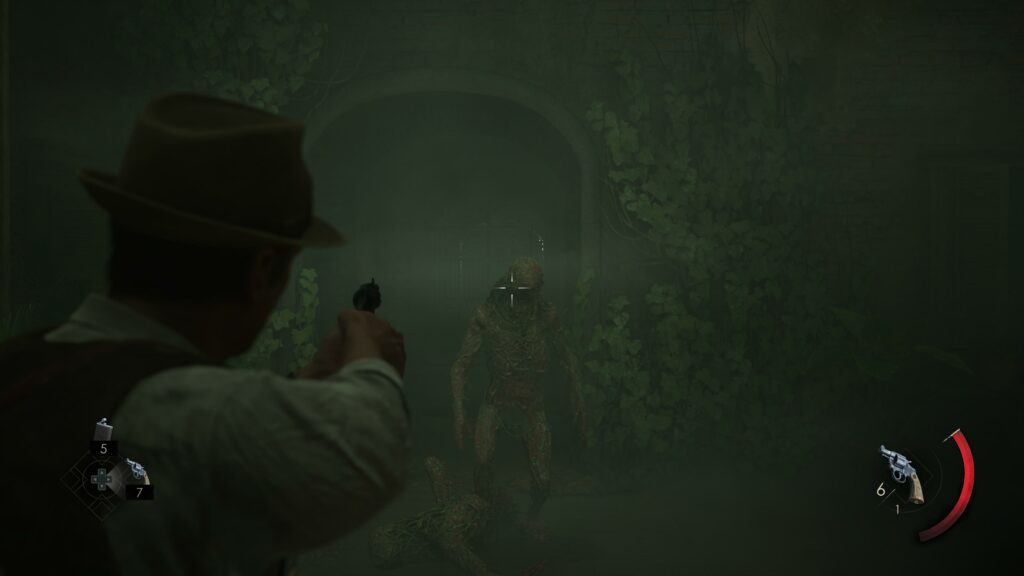

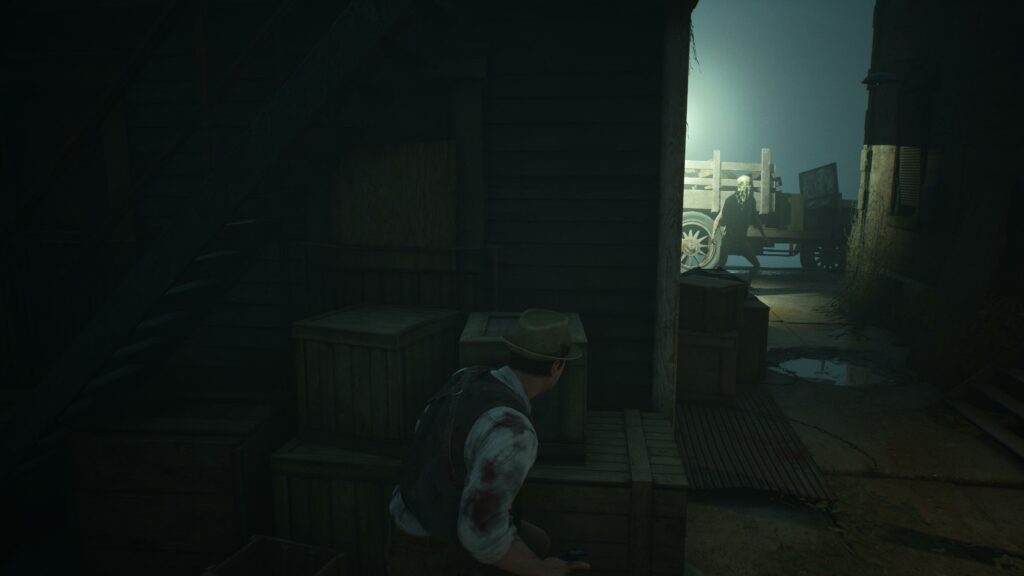
Puzzles Elevate the Experience
Just like the original game, you’ll solve plenty of puzzles here. You’ll gather clues from books, notes, letters, and other sources scattered around the manor. Then, the game will trust your intuition to find the right hints within these collectables to determine your next step. Fortunately, Alone in the Dark has some pretty neat accessibility features that highlight the right clues for you if you’re in a hurry.
Old-school players will be happy to hear you can disable all of these hints and take your time in solving every puzzle. You’ll find everything from matching symbols to cracking safe passwords and environmental puzzles here. It’s a dynamic mix of brain teasers that’ll keep you occupied but never overstay its welcome, even if puzzles start repeating after a while.
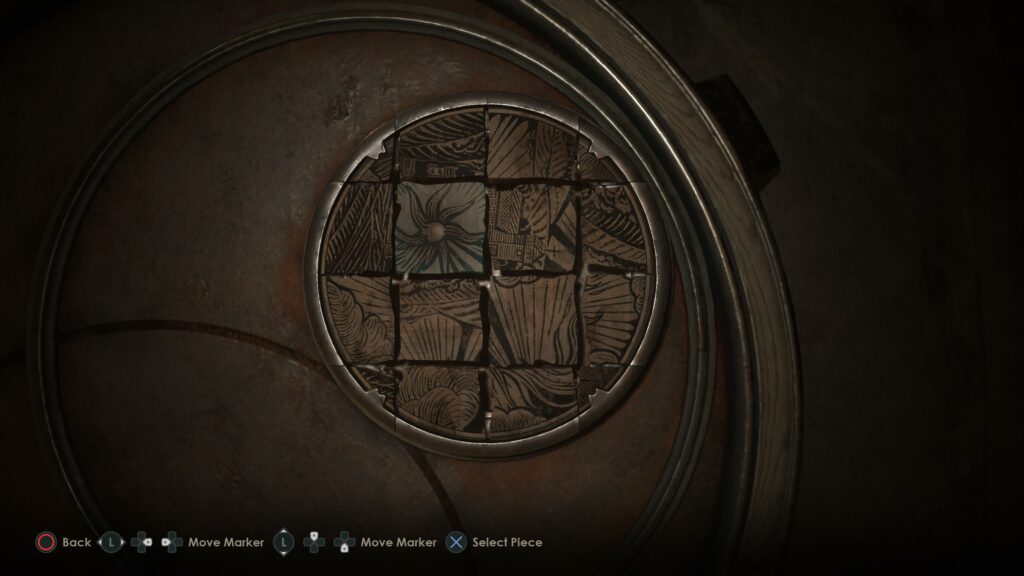



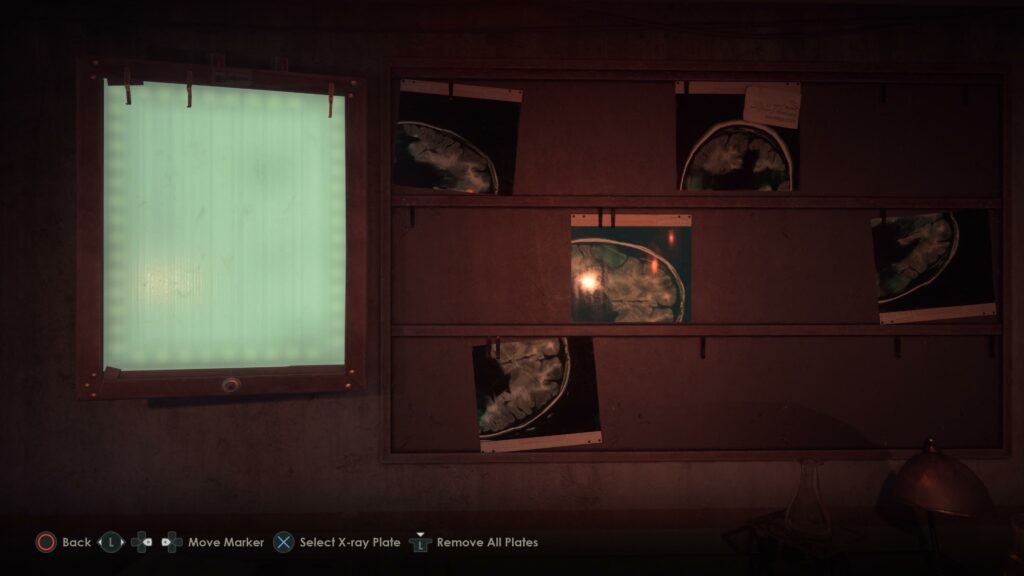
Visuals – Last-Gen Graphics Saved by Strong Atmosphere
Alone in the Dark is built on the Unreal Engine 4. On consoles, it features two graphical modes: Performance and Quality. The Performance mode is locked at 60FPS, while the Quality features a 4K resolution at 30FPS. However, the game’s overall visual fidelity is something we’d come to expect from a last-gen title.
Character models lack details, and their animations are stilted and unnatural. They also interact with the environment in a very unbelievable way, giving the presentation a weightless feeling. Fortunately, the environments themselves are diverse and richly detailed. Each floor and room within the manor is distinct and expertly modelled, lending to the game’s 1930s setting. While Alone in the Dark doesn’t push graphical boundaries, its visuals don’t detract from the experience.
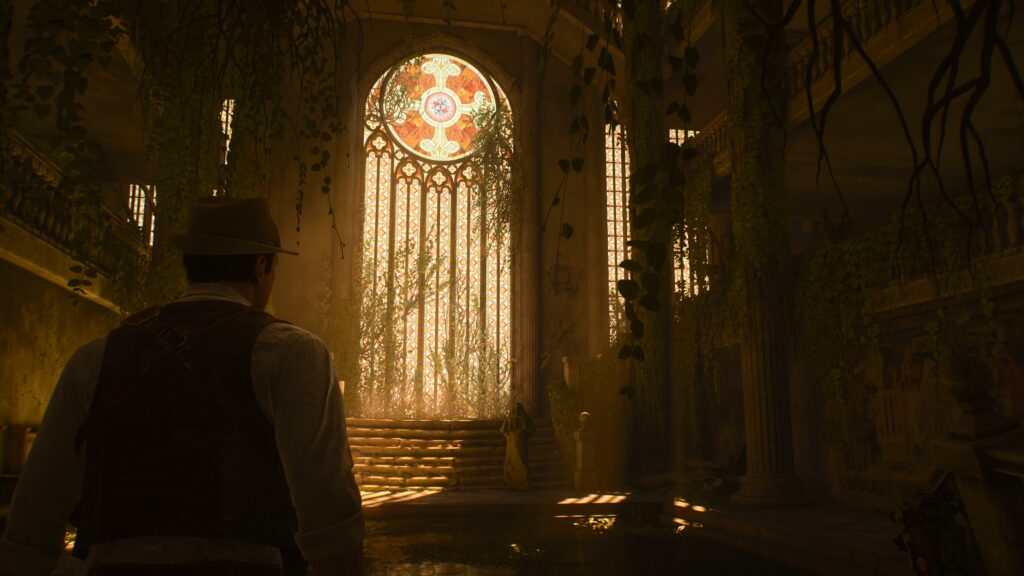
Technical Glitches Sour the Game
The game suffers from its fair share of visual bugs and technical inconsistencies. Enemies often get stuck on geometry, circle their axes without moving toward you, or get stuck levitating when they die. Characters also have issues with shadows which don’t render properly and appear as black triangles. When changing levels (passing through specific corridors or doors), the game will stutter for a few seconds before giving you control over your character.
You’ll also notice certain walls and ground textures don’t connect properly, with white light shining through just slightly at random intervals. None of these bugs are game-breaking and you’ll always be able to finish the level and press onward. However, it all adds up and doesn’t look great. We hope Alone in the Dark will get a few patches that can hopefully alleviate some of these issues soon.

Audio – Uneven Sound Mixing
The game’s audio design is decent but uneven. It features an era-appropriate soundtrack with jazz-inspired music that fits the game’s atmosphere. However, in many cases, its soundtrack takes away from the game’s horror aspect. It’s difficult to be scared by what’s going on when there’s jazz music accompanying almost every cutscene. In moment-to-moment gameplay, things are a bit more eerie and subtle as you’ll creep through the manor unsure of whether something scary will happen.
Many horror games simply use silence to convey isolation and disturb the player (such as Dead Space, F.E.A.R., and many others). Alone in the Dark would have benefitted from a more restrained soundtrack that would let the world breathe and tell its own story. In terms of sound effects, they mostly sound generic and are, unfortunately, forgettable. Weapons sound weak, and enemy sound effects all blend together without being memorable. It’s a shame because sound design is a major component of a survival horror game.


Anemic Voice Acting
Unfortunately, neither David Harbour nor Jodie Comer comes close to voice actors like Christopher Judge from God of War Ragnarok. These are Hollywood actors who haven’t had the chance to develop their craft as video game voice acting before. While Jodie does an OK job as Emily, David is less than stellar.
His line delivery is flat and feels like he isn’t aware of the context in which his character is at any given moment. Other voice actors do a good enough job mimicking the 1930s Lousianna accents, but some sound better than others. It doesn’t help that lip-syncing isn’t great, adding to the disconnect between everyone’s sound and movement.
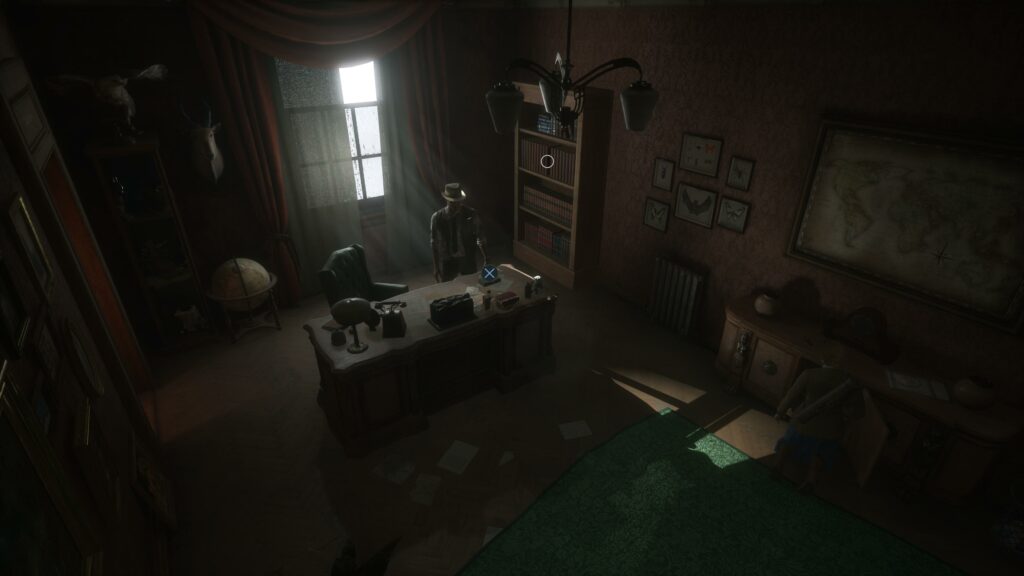
Conclusion – Should you Play Alone in the Dark?
Alone in the Dark is not a perfect game, but it’s a welcome return to a beloved franchise that hasn’t seen a new game in almost a decade. Its two Hollywood actors and puzzle elements are undoubtedly the biggest saving graces. While it features imprecise combat and becomes repetitive on a second (mandatory for story) playthrough, it’s still an enjoyable experience.
Alone in the Dark will take you about 20 hours to fully complete, after which there’s very little reason to go back apart from achievement hunting. As it stands, it’s best to wait for a discount or an eventual release on the GamePass before picking it up. The game is now available on PlayStation 5 and Xbox Series X|S, as well as PC.
Big thanks to Enarxis for sponsoring our review!


